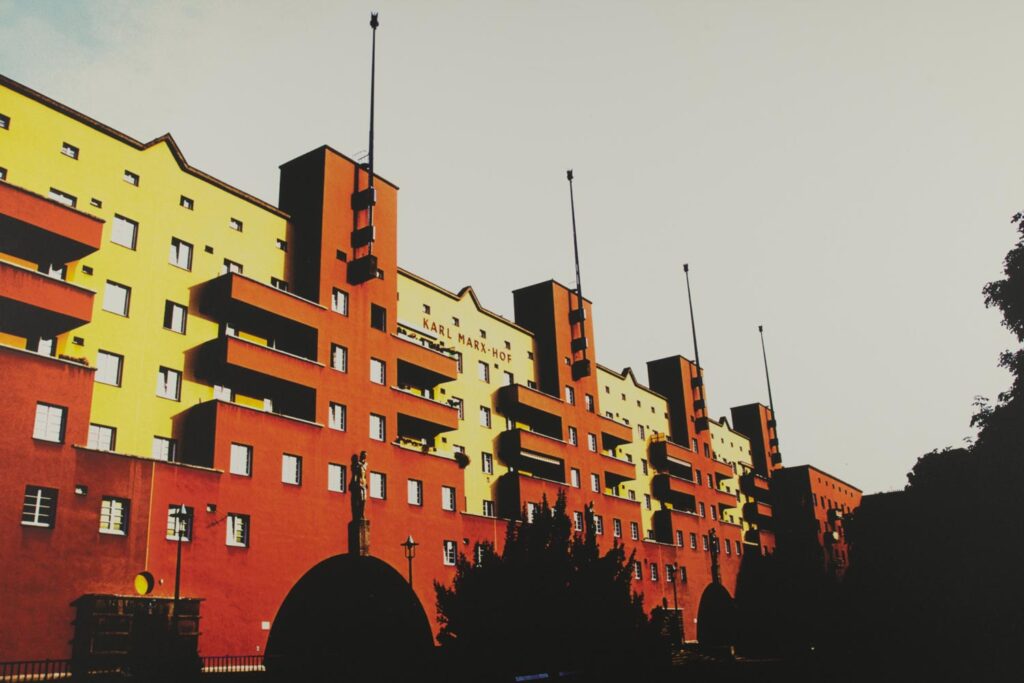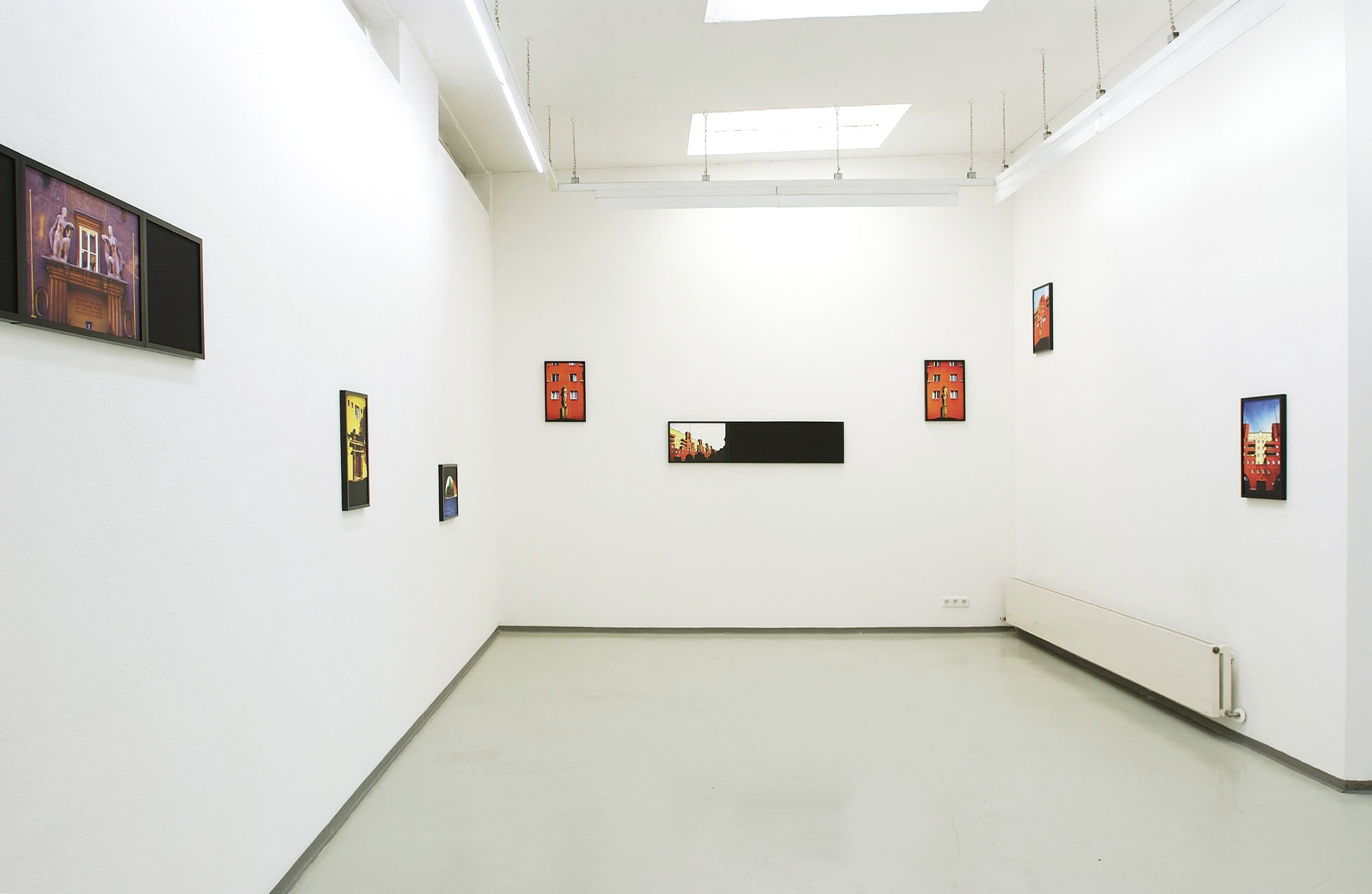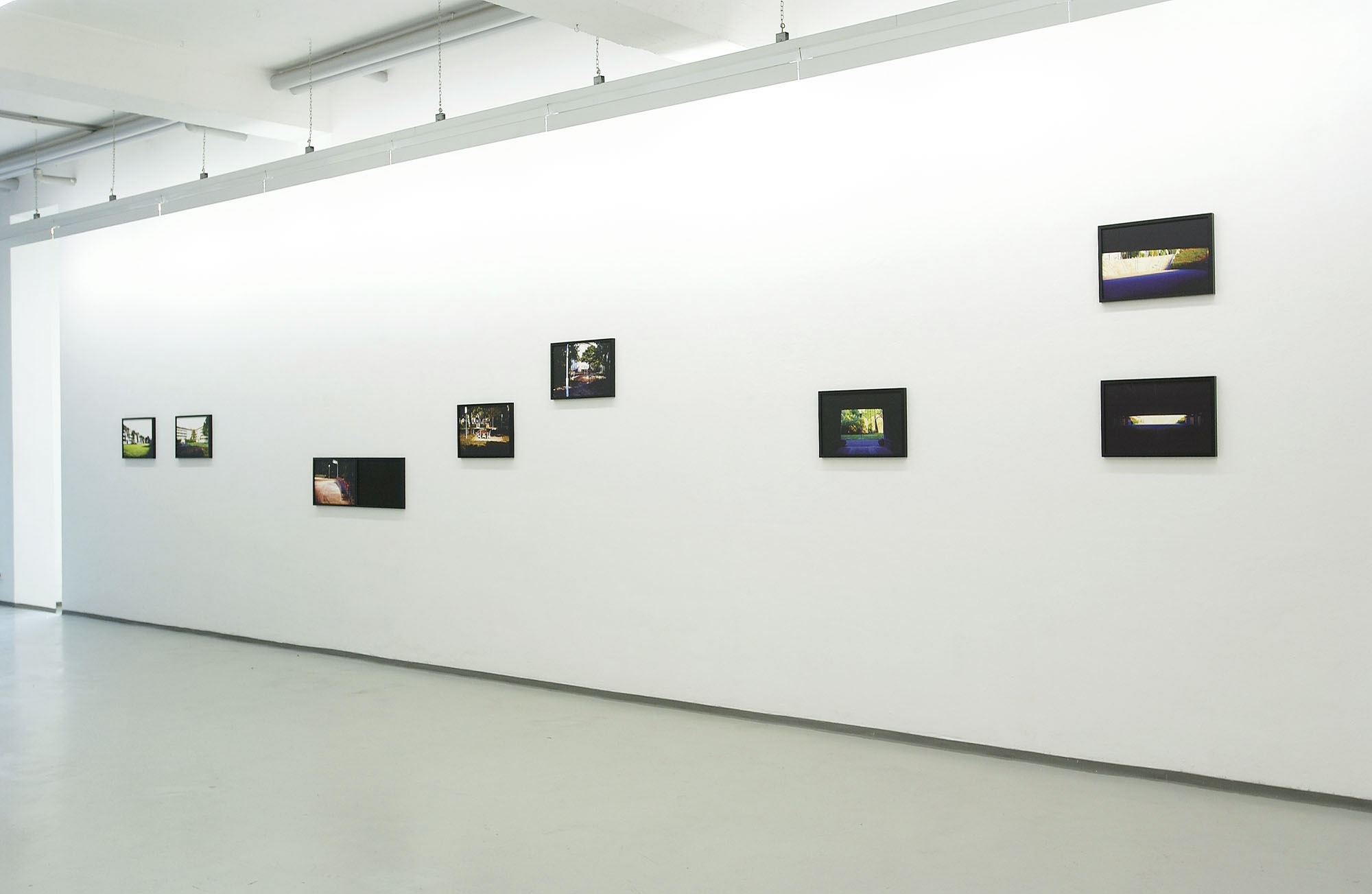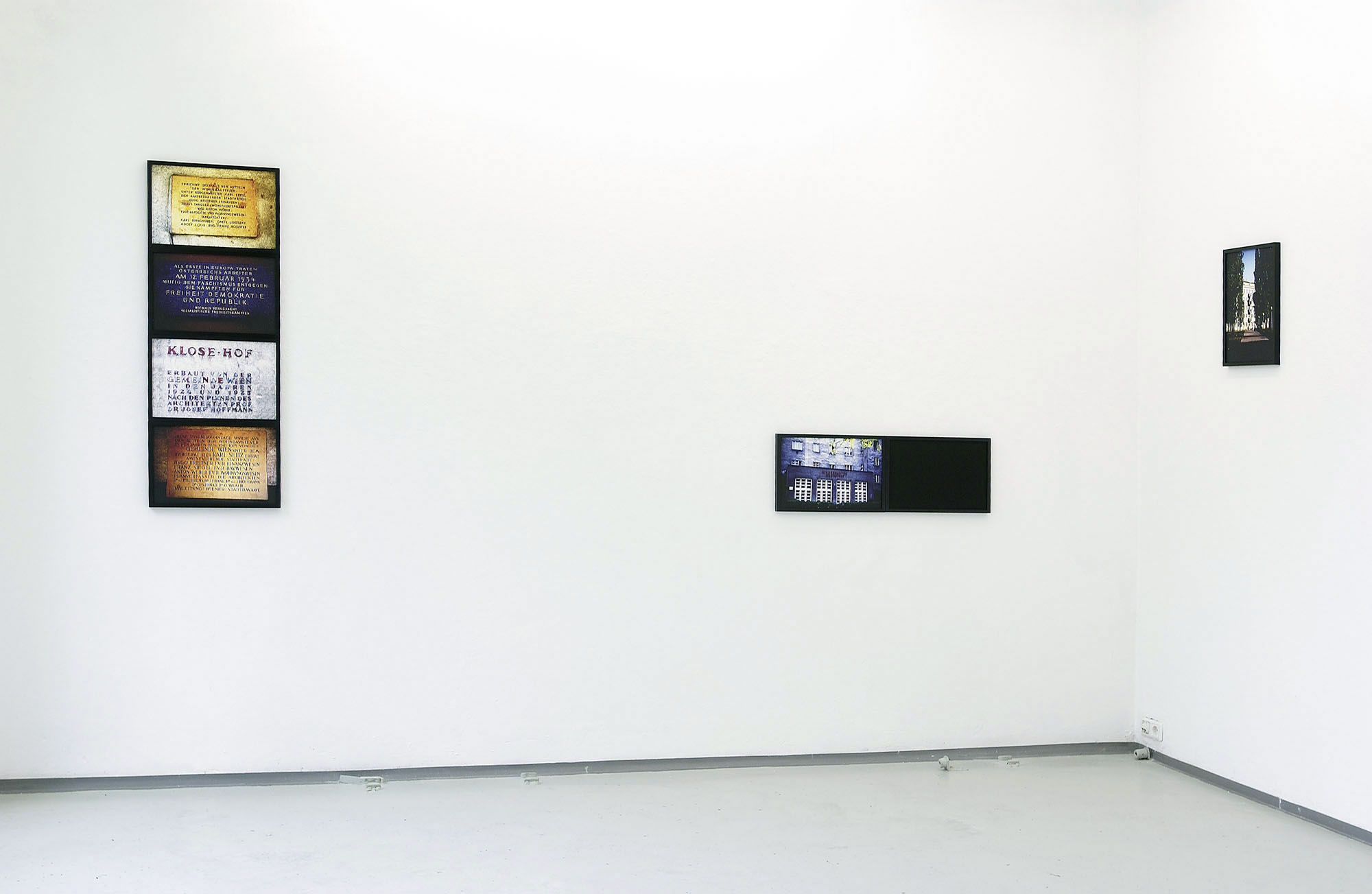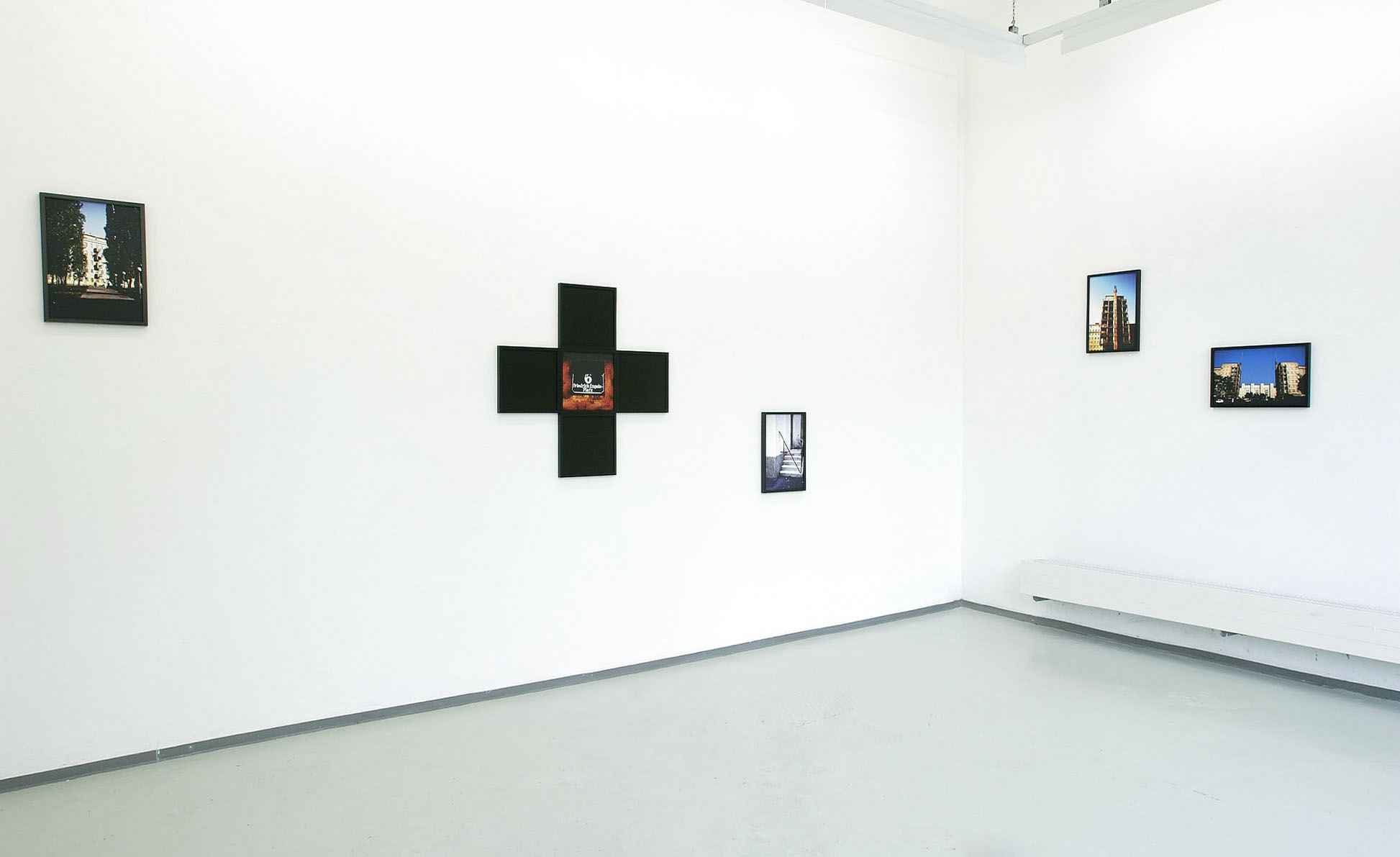Alfredo Jaar
Das rote Wien
In his latest photographic work, the artist, architect and filmmaker Alfredo Jaar, born in Santiago de Chile in 1956, takes up the formative period of change in the political development of the city of Vienna before the civil war in 1934. Jaar followed the traces of Vienna’s progressive architecture in the interwar period and transferred his photographic documents into the multi-part, revised photo series “Red Vienna”. The photographs were taken during his first visit to Vienna in the mid-1980s and were elaborated for this exhibition with reference to the current political situation and are now presented at the FOTOHOF for the first time.
The extraordinary initiative of the City of Vienna offered not only the creation of attractive housing but also a wide range of infrastructure for both daily needs and collective facilities, such as kindergartens, libraries, theatres, etc. The proletariat was offered a unified concept of life by the city of Vienna, a gesture of human dignity and collective responsibility. When shots were fired at the Karl-Marx-Hof and other housing estates in 1934, it also meant the beginning of the destruction of an idea of which the buildings still stand today. Alfredo Jaar sees himself as an “… artist who comments on the state of things, the state of the world”.
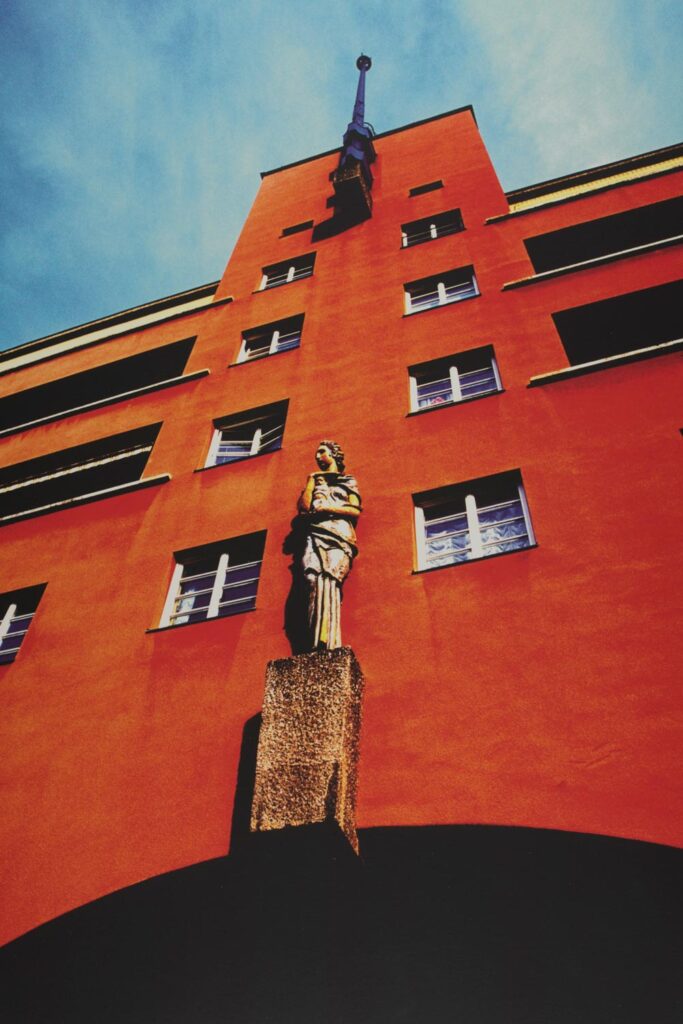
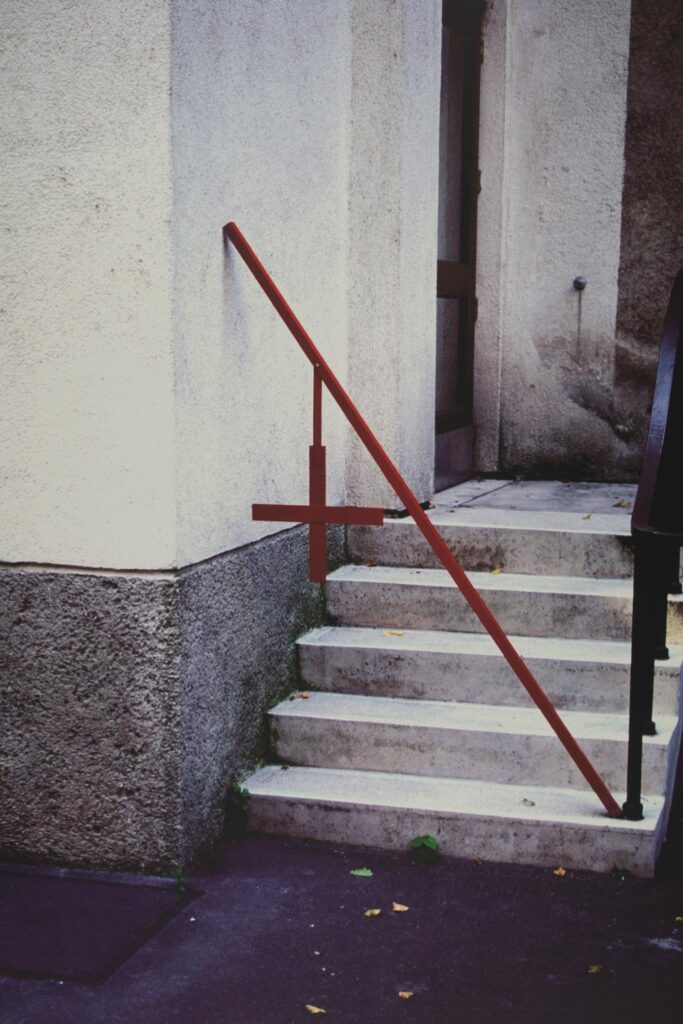
Anmerkungen zu Das Rote Wien
In the mid-eighties, when I travelled to Vienna for the first time, I began to visit and photograph “Red Vienna”. As an architect and artist, I was immediately captivated by “Red Vienna” after discovering its first buildings. Walking for hours and days, searching for its traces, I was impressed by its actuality and moved by how much had still survived.
“Red Vienna” was one of the most unusual urban settlement initiatives in the world, created in a primarily anti-socialist time and a politically conservative climate. It was a clear, unambiguous example of architectural reform through political initiatives, a powerful sign of architecture as a social, political, cultural and collective discourse. This extraordinary settlement policy “liberated” thousands of people, not only with hundreds of new buildings but also with infrastructures of civic life such as kindergartens, libraries, hospitals and theatres, as well as numerous other public facilities. Thus the city of Vienna offered its proletarian population a unique perspective, a gesture filled with human dignity and public responsibility. When reactionary forces fired on the Karl-Marx-Hof and other municipal buildings in February 1934, they were also destroying a vision. They were successful, but the buildings survived. And with their survival, the extraordinary thoughts that led to their creation have also survived. In the era of an unrestrained free market economy and lavishly non-objective architectural gestures, the extraordinary socialist achievements of this period are a timely reminder that architecture, guided by progressive politics, can become a fundamental tool of social progress. (Alfredo Jaar)
